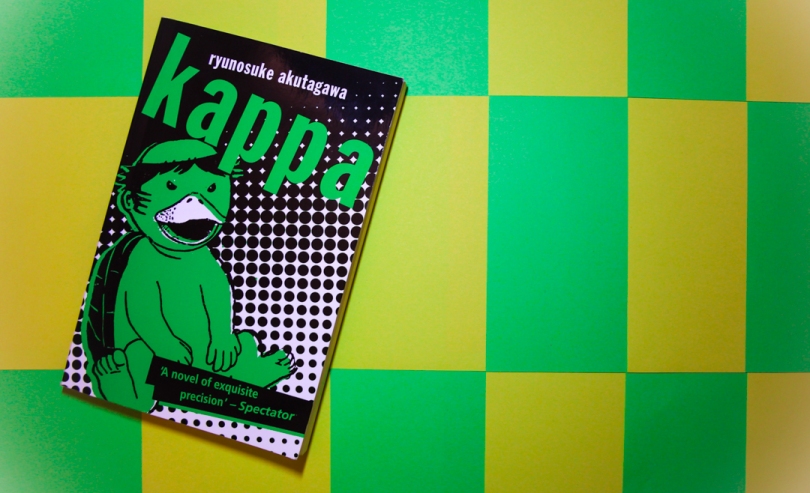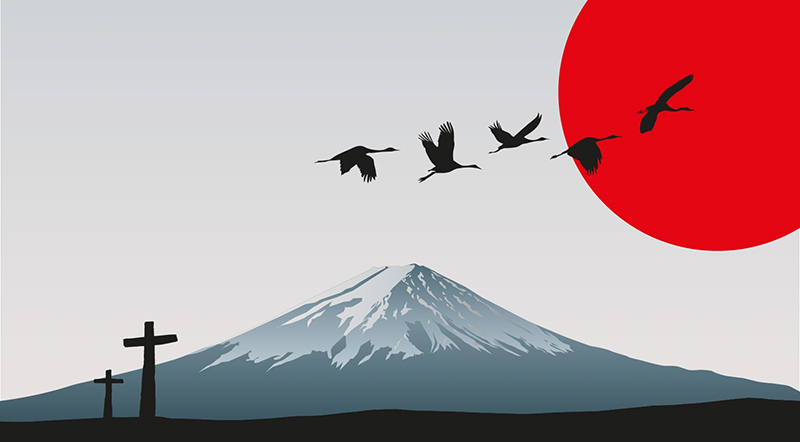“Kappa was born out of my disgust with many things, especially with myself” – Ryunosuke Akutagawa
In Japanese folklore, the kappa is a water sprite described as being the size of a small child, yellow-green in colour, with a sharply-pointed beak and with fish scales instead of skin. They are mischievous creatures that are said to kidnap and eat children and in some stories even rape women.
Akutagawa was very interested in mythical creatures during his life, including the kappa. He started drawing sketches of them around the time his first son was born in 1920. 7 years later, the same year he committed suicide, he wrote the novella Kappa.


